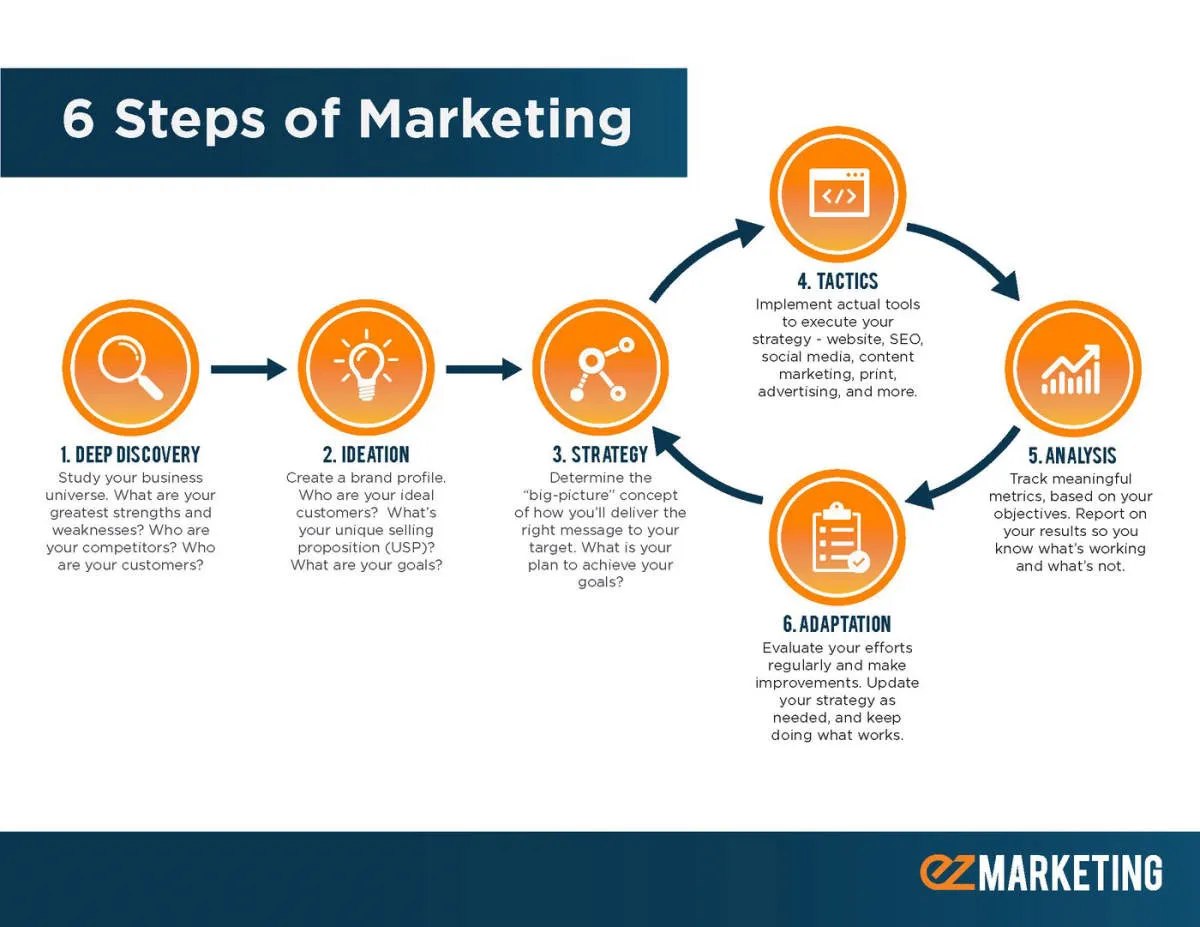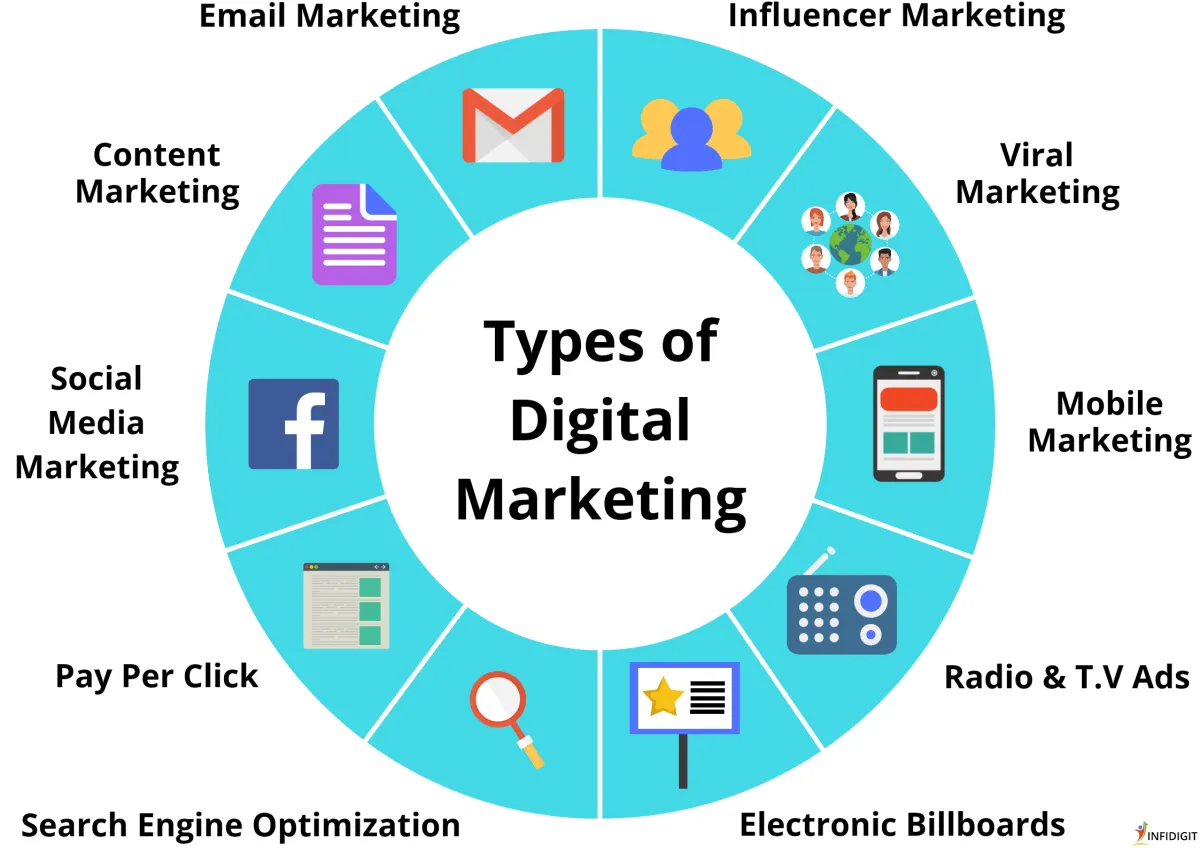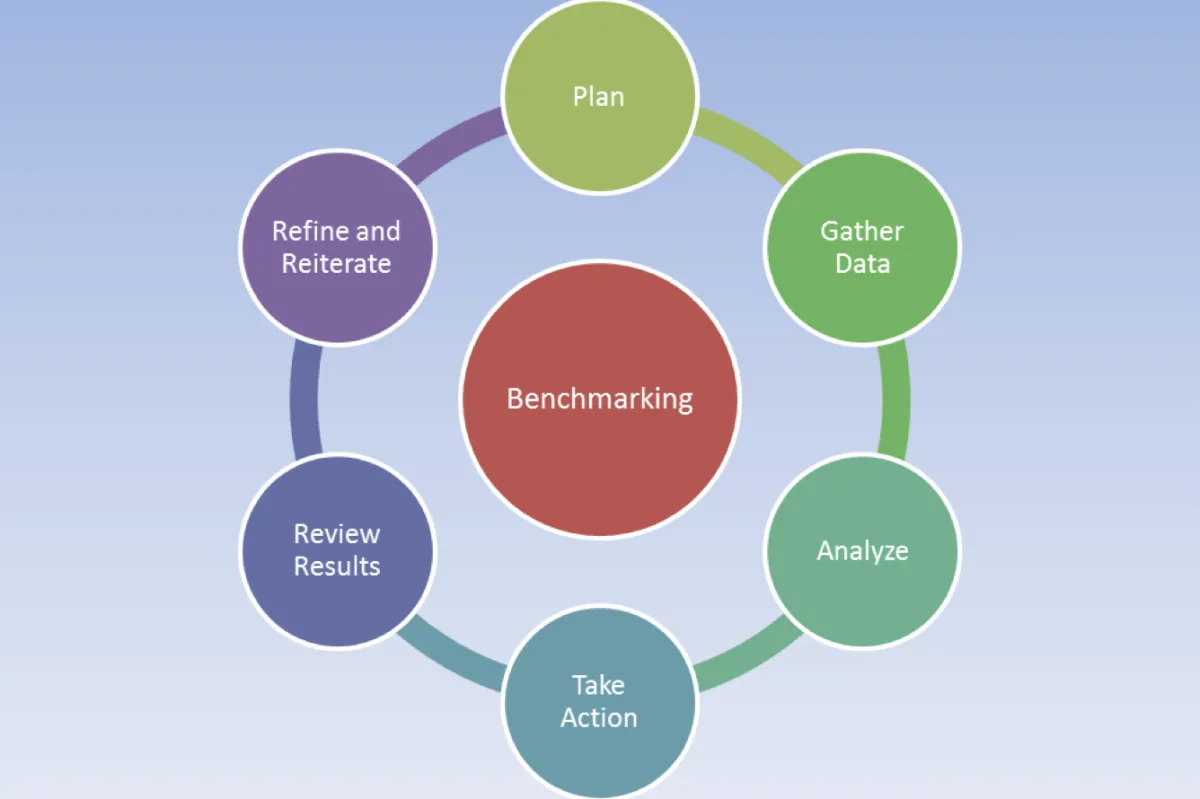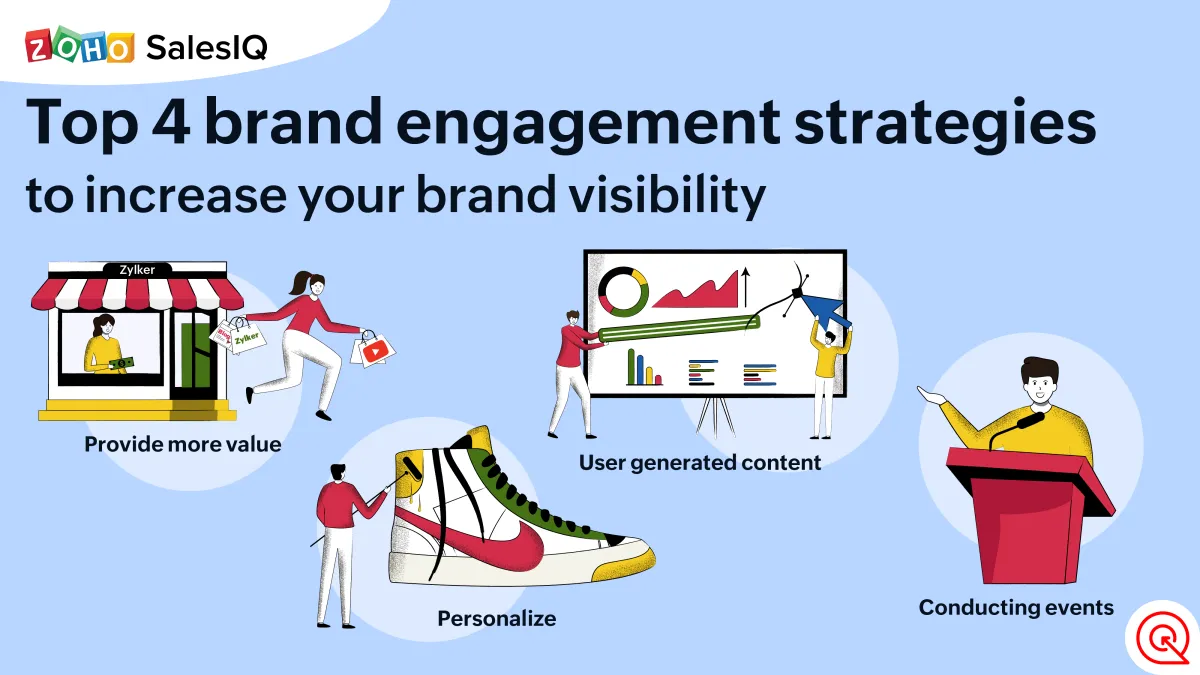Discover the top marketing strategies that will elevate your business visibility and attract more customers. From social media tactics to SEO techniques, this article will provide you with essential insights to boost your brand’s presence in the competitive market.
Understanding Your Target Audience

Before diving into any marketing strategy, it’s crucial to understand who you’re trying to reach. This means going beyond basic demographics like age and location. Defining your target audience is about understanding their needs, motivations, pain points, and aspirations.
Here’s why it’s so important:
- Relevance: By understanding your audience’s needs and interests, you can tailor your marketing messages to resonate with them, making them more likely to pay attention.
- Effective Resource Allocation: Knowing your target audience helps you focus your marketing efforts and budget on channels and strategies that will reach them most effectively, avoiding wasted resources.
- Stronger Messaging: When you know who you’re talking to, you can craft compelling messages that speak directly to their needs and desires, leading to higher engagement.
- Improved Customer Relationships: Understanding your audience helps you personalize interactions, building stronger connections and fostering loyalty.
To effectively understand your target audience, consider these steps:
- Analyze existing customer data: If you have existing customers, analyze their demographics, purchase history, website behavior, and social media interactions to uncover patterns and insights.
- Conduct market research: Use surveys, polls, focus groups, and interviews to gather information about your target market’s preferences, behaviors, and challenges.
- Create buyer personas: Develop fictional representations of your ideal customers, including their demographics, psychographics (values, interests, lifestyle), goals, and pain points.
Creating a Marketing Plan

A well-structured marketing plan is the roadmap to boosting your business visibility. It provides clarity, defines your goals, and outlines the steps to achieve them. Here’s a breakdown of creating a robust marketing plan:
1. Conduct a Situation Analysis
Begin by understanding your current position. Analyze your:
- Target Audience: Who are you trying to reach? Define their demographics, behaviors, and needs.
- Competitors: Who are your main rivals? Examine their strengths, weaknesses, and marketing tactics.
- Brand Strengths and Weaknesses: Honestly assess what your business excels at and areas needing improvement.
2. Set SMART Marketing Goals
Define clear, measurable, attainable, relevant, and time-bound objectives. Instead of vague aims, set goals like:
- Increase website traffic by 20% in the next quarter.
- Generate 100 qualified leads through social media campaigns by year-end.
3. Outline Your Target Audience and Marketing Channels
Refine your understanding of your ideal customer and identify the most effective channels to reach them. This could involve:
- Social Media Marketing: Engaging platforms like Instagram, Facebook, or LinkedIn, depending on your audience.
- Content Marketing: Providing valuable content through blogs, articles, videos, or infographics to attract your target audience.
- Email Marketing: Building an email list and nurturing relationships with leads through targeted campaigns.
- Search Engine Optimization (SEO): Optimizing your website and content to rank higher in search engine results.
- Paid Advertising: Utilizing platforms like Google Ads or social media ads to target specific demographics and keywords.
4. Set Your Marketing Budget
Determine how much you’re willing to invest in your marketing efforts. Allocate resources wisely across different channels based on their potential return on investment (ROI).
5. Create a Content Calendar
Organize your marketing efforts by creating a content calendar. Schedule and plan your social media posts, blog articles, email campaigns, and other marketing activities to ensure consistency and timely execution.
6. Monitor, Analyze, and Adjust
Regularly track the performance of your marketing campaigns using analytics tools. Analyze the data, identify what’s working and what’s not, and make adjustments to optimize your strategies for better results.
Digital Marketing Techniques

In today’s digital age, harnessing the power of online platforms is non-negotiable for businesses aiming to thrive. Digital marketing techniques offer an unparalleled avenue to amplify your brand’s visibility, connect with your target audience, and drive growth. Here are some key strategies to consider:
Search Engine Optimization (SEO)
SEO is the backbone of online visibility. By optimizing your website and content for search engines like Google, you increase your chances of ranking higher in search results, driving organic traffic to your site.
Social Media Marketing
Platforms like Facebook, Instagram, and Twitter offer a direct line to your target audience. Engaging content, strategic advertising, and influencer collaborations can significantly enhance brand awareness and engagement.
Content Marketing
Providing valuable, relevant, and consistent content to your target audience establishes your brand as a thought leader and encourages customer loyalty. This includes blog posts, articles, infographics, videos, and more.
Email Marketing
Despite the rise of newer platforms, email marketing remains a highly effective tool for nurturing leads and driving conversions. Targeted email campaigns allow you to personalize communication, share promotions, and build lasting relationships with your audience.
Pay-Per-Click (PPC) Advertising
PPC advertising, such as Google Ads, allows you to display targeted ads to users who are actively searching for products or services like yours. This immediate visibility can be highly effective in attracting qualified leads and driving traffic to your site.
Social Media Marketing

In today’s digital age, social media marketing is non-negotiable for businesses aiming to thrive. It’s a powerful tool to connect with your target audience, build brand awareness, and drive sales.
Here are key strategies to leverage social media for boosting your business visibility:
1. Identify Your Target Audience
Knowing your audience is paramount. Who are you trying to reach? What platforms do they frequent? Understanding their demographics, interests, and online behavior is essential for tailoring your content and achieving maximum engagement.
2. Choose the Right Platforms
Don’t spread yourself too thin. Instead of being on every platform, focus on those where your target audience spends their time. Whether it’s Instagram, Facebook, Twitter, LinkedIn, or TikTok, select platforms strategically aligned with your business goals.
3. Create Engaging Content
Content is king in the social media landscape. Craft high-quality, visually appealing content that resonates with your audience. Use a variety of formats like images, videos, stories, and live streams to capture attention and encourage interaction.
4. Consistency is Key
Maintain a regular posting schedule to stay top-of-mind with your followers. Consistency builds trust and familiarity, making your audience more likely to engage with your content and consider your products or services.
5. Utilize Social Media Advertising
Paid social media advertising can significantly amplify your reach and visibility. Platforms like Facebook and Instagram offer sophisticated targeting options, allowing you to reach highly specific demographics and interests to maximize your ad spend.
6. Engage with Your Followers
Social media is a two-way street. Respond to comments, messages, and mentions promptly. Engage in conversations, ask questions, and foster a sense of community around your brand. Building genuine connections with your followers will cultivate loyalty and advocacy.
7. Track Your Results and Analyze Performance
Use analytics tools to monitor the performance of your social media efforts. Track metrics like engagement rate, reach, website traffic, and conversions. Analyzing this data will provide valuable insights to optimize your strategies and maximize your return on investment.
Content Marketing

Content marketing reigns supreme as a powerful strategy to enhance business visibility. By creating and sharing valuable, relevant, and consistent content, you can attract and engage your target audience, establishing your brand as a thought leader and driving profitable customer action.
Key Content Marketing Tactics:
- Blogging: Regularly publish insightful blog posts related to your industry, products, or services. Address your audience’s pain points, provide solutions, and offer valuable information that keeps them coming back for more.
- Video Marketing: Leverage the power of video to connect with your audience on a deeper level. Create engaging video content such as product demos, tutorials, behind-the-scenes glimpses, and customer testimonials.
- Social Media Marketing: Establish a strong presence on social media platforms where your target audience hangs out. Share engaging content, interact with your followers, and run targeted social media ads to expand your reach.
- Email Marketing: Build an email list and nurture your subscribers with valuable content, exclusive offers, and updates about your business. Personalized and segmented email campaigns can effectively drive conversions.
- Infographics and Visual Content: Create visually appealing content like infographics, charts, and images to present complex information in an easily digestible format. Visual content is highly shareable and can boost engagement.
Measuring Marketing Success

Implementing effective marketing strategies is only half the battle. To truly optimize your efforts and maximize ROI, it’s crucial to measure your success. Here’s how:
1. Define Key Performance Indicators (KPIs)
Before launching any campaign, identify the metrics that align with your overall business goals. Are you aiming for increased website traffic, lead generation, or brand awareness? Common KPIs include:
- Website Traffic: Unique visitors, page views, bounce rate
- Leads Generated: Form submissions, email sign-ups, demo requests
- Social Media Engagement: Likes, shares, comments, followers
- Sales Conversion Rate: Percentage of leads that convert into paying customers
2. Utilize Analytics Tools
Leverage powerful analytics platforms to track and measure your chosen KPIs. Google Analytics is a popular free tool that provides insights into website traffic, user behavior, and campaign performance. Social media platforms also offer built-in analytics dashboards to monitor engagement metrics.
3. Regularly Review and Analyze Data
Don’t just collect data – make it work for you! Set aside time to regularly review your marketing analytics. Identify trends, patterns, and areas for improvement. For example, if a particular social media campaign is generating significantly more leads, consider allocating more resources to that strategy.
4. Adjust and Optimize Based on Insights
Marketing measurement isn’t about proving what’s working – it’s about continuously improving. Use the data-driven insights you gather to make informed decisions about your marketing strategies. Test different approaches, refine your targeting, and optimize campaigns based on real-time performance.
Conclusion
Implementing effective marketing strategies is crucial for enhancing the visibility and growth of your business in a competitive landscape.

